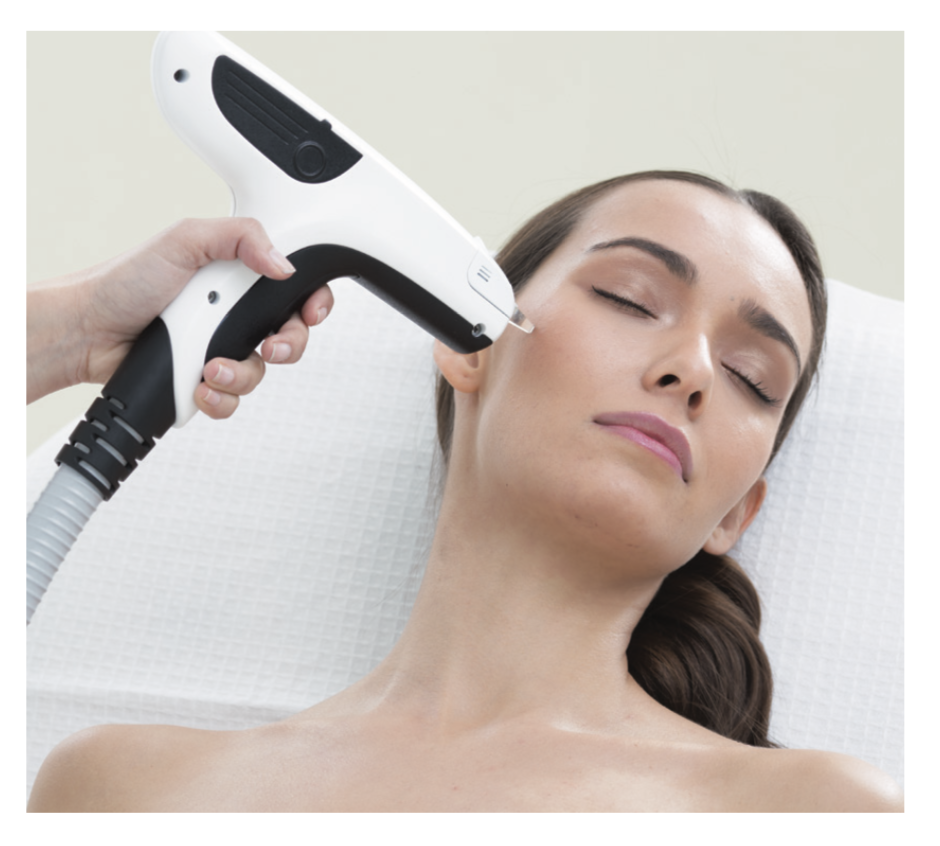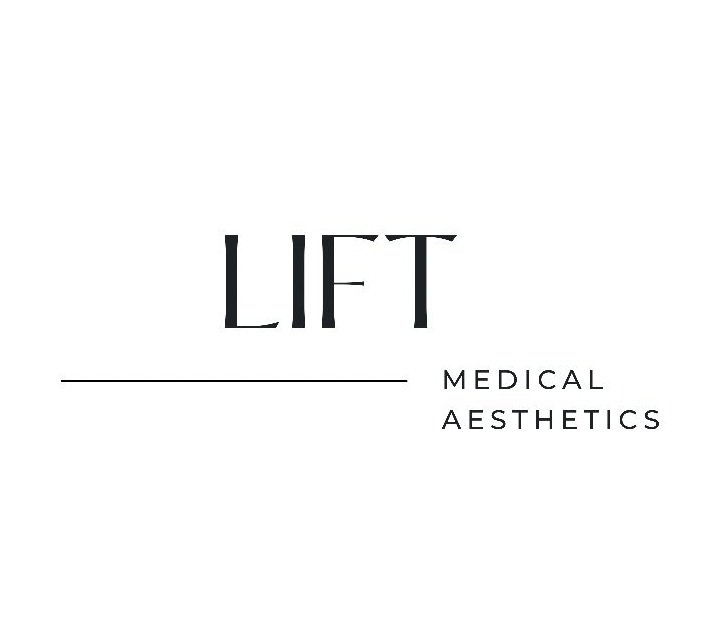
Light Therapies
laser and ipl
Laser and IPL
When we are performing light-based skin procedures, we are targeting what is known as a chromophore. A chromophore is essentially pigment that is found in the target tissue (hair, dark spots, vessels). For example, wavelengths selected for the treatment of sun damage and other hyperpigmentary conditions are targeting the melanin of the skin. Alternatively, hemoglobin in blood is the target chromophore when treating capillaries and redness in the skin. The same principles are also applied to light-based hair reduction procedures, where the melanin of the hair follicle serves as a target chromophore.
With this in mind, care must be taken when performing light-based skin treatments, particularly those focusing on hyperpigmentary conditions, considering that the surrounding tissue (i.e. the skin that we are not targeting with treatment) also contains melanin. This melanin can present as a competing chromophore, absorbing the energy of the omitted light. For this reason, the relevant treatment parameters must be considered by an experienced therapist in order to deliver a controlled disruption only to the target tissue, while preserving surrounding tissue.
So, how is this possible? The controlled destruction of target tissue occurs in a process referred to as selective photothermolysis. During photothermolysis, light is absorbed by the treatment chromophore and converted into heat. This heat shatters the target chromophore into smaller particles, which are then metabolized and excreted from the body.
So what’s the difference?
Essentially, laser emits a single wavelength of focused light. IPL delivers multiple wavelengths of scattered light.
Laser light of a single color is termed monochromatic. Alternatively, IPL utlises multiple colors of light, which is referred to as polychromatic light.
Laser light has low divergence, meaning that emitted light travels in a parallel manner, rather than propagating outwards. IPL exhibits high divergence meaning it propagates outwards in a multidirectional manner.
Both modalities are widely used for hair removal, skin rejuvenation, and treating hyperpigmentation.
What to Expect
All clients begin their journey at Lift Medical with a medical consultation. It’s important to disclose your medical, surgical and medication history during this time. We will discuss which modality of light therapy would be best for you, how many sessions are recommended, if a combination of treatments is recommended, cost, and aftercare.
During treatment, your aesthetic nurse will apply a thin layer of ultrasound gel to the treatment area. Eye protection will be worn for the entire treatment. As the client, you will feel the cold handpiece, see a bright flash, and feel a light snap. During hair removal you may also notice a smell of burned hair.
AfterCare
Sun avoidance is necessary throughout treatment. Many pigmentary conditions arise as a defense mechanism to protect the skin from the sun, therefore pigment removal and re-exposure of the treatment area to the sun is never advised. Daily sunscreen is recommended pre and post treatment.
Edema / erythema are the most common side effects that can be treated with a cooling ointment at the treatment site. These are temporary reactions and should fade within 24 hours.
You may notice the darkening of dark spots or a grayish hue to targeted vessels. This is normal. Targeted pigmentation may darken, rise to the surface of the skin and slough off naturally within 14 days. Gradual lightening of pigmentations will take place over several weeks.
Avoid any additional laser treatments or chemical procedures on the treated area for at least 2 weeks post-treatment or until healing has occurred.
Sample Treatment Courses
For general skin rejuvenation: Treatment course: 4-6 treatments. Treatment intervals: every 3-4 weeks. Maintenance: every 3-6 months or as required
For pigmentation and melasma: Treatment course: 2-6 treatments. Treatment intervals: every 3-6 weeks. Maintenance: as required.






